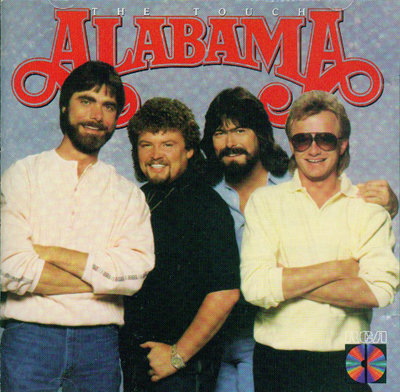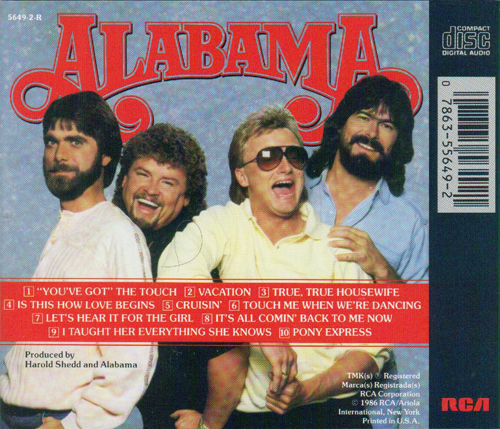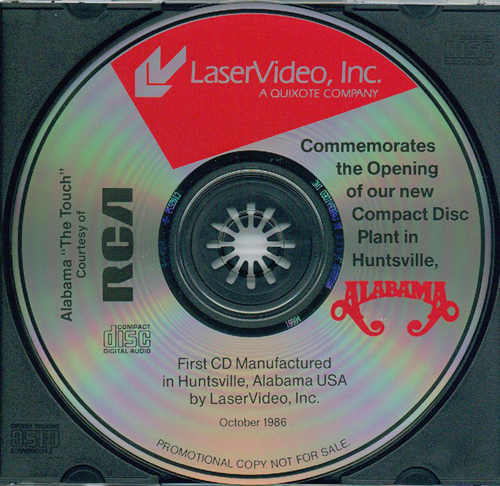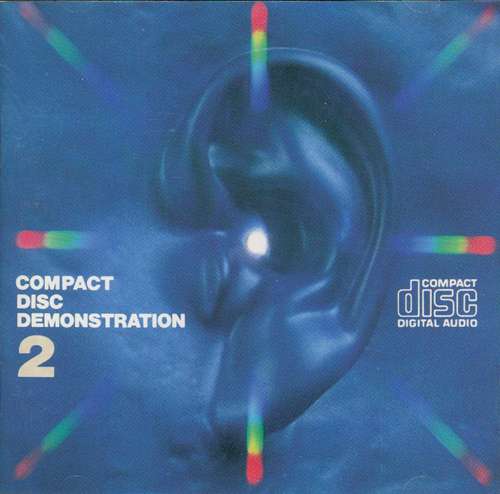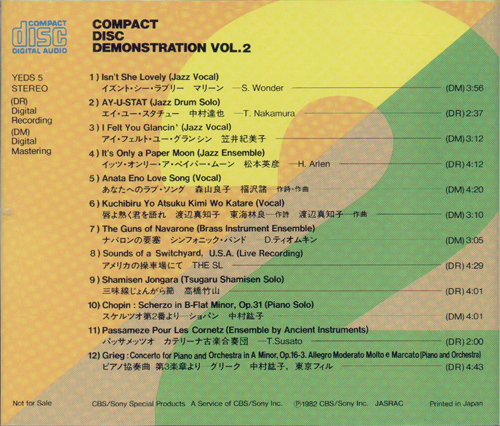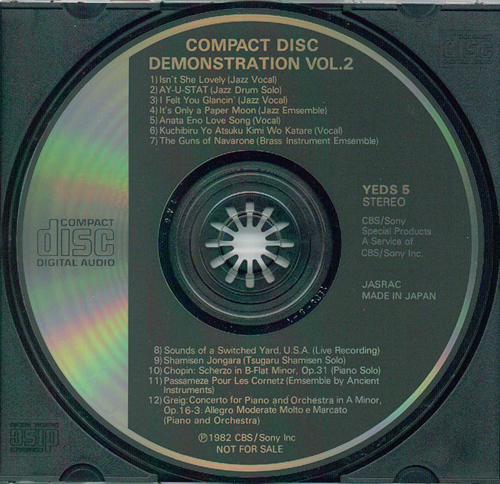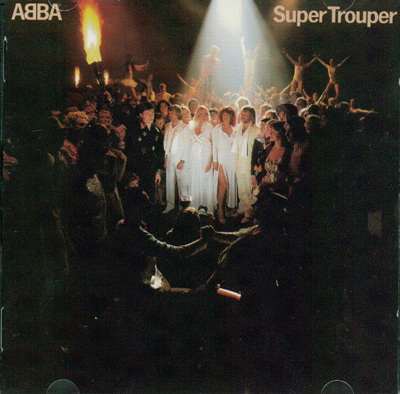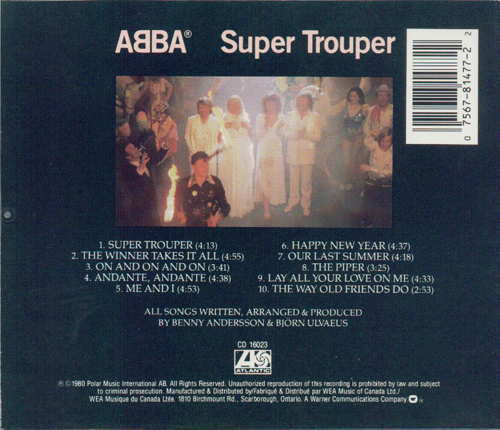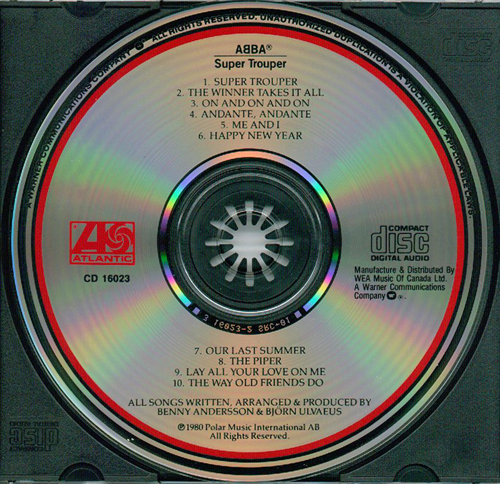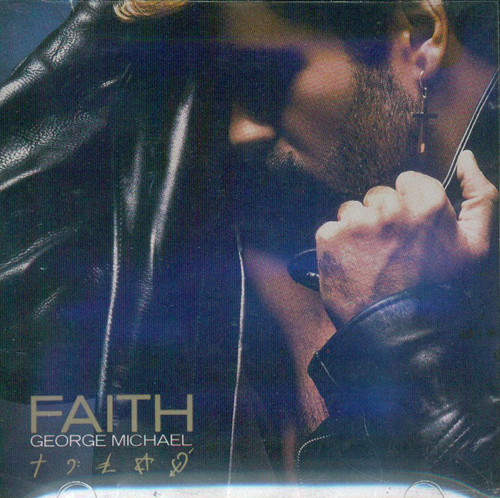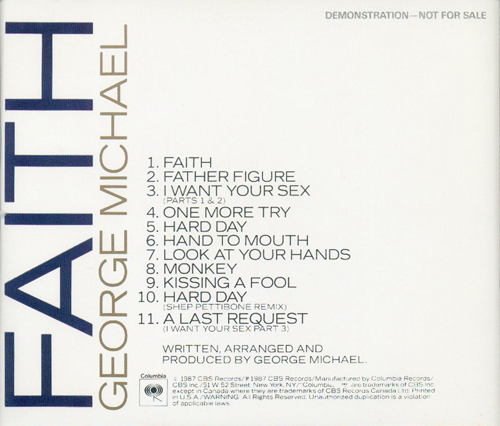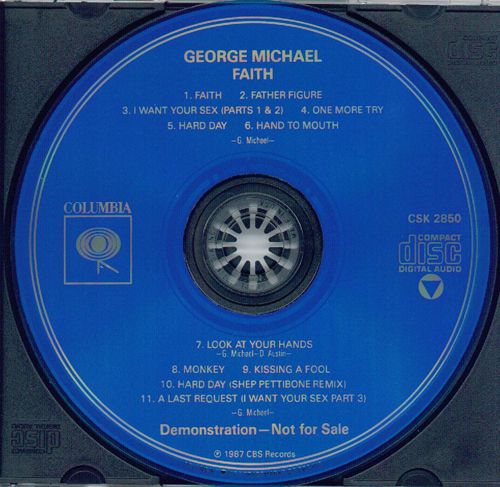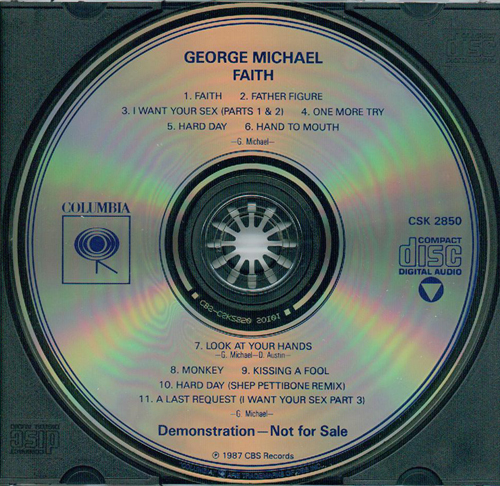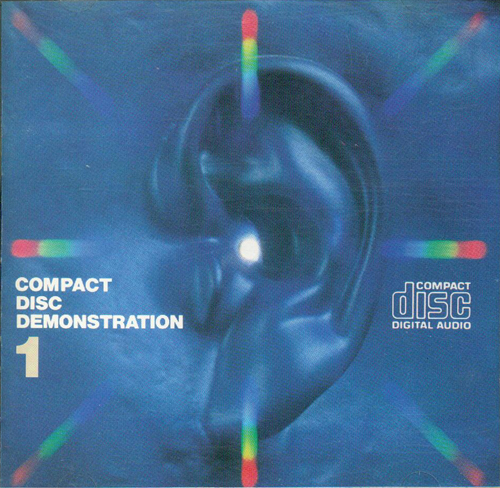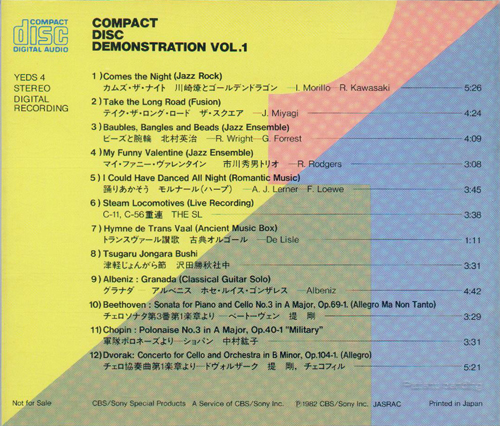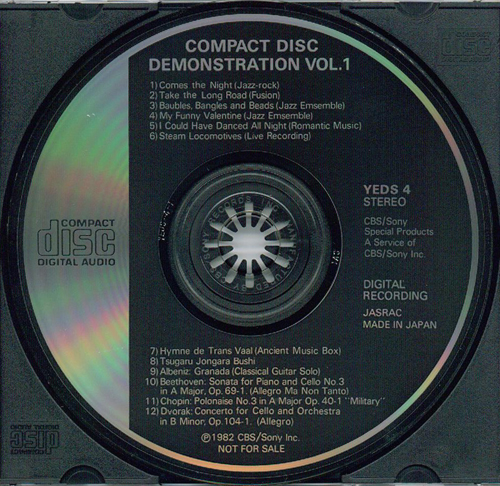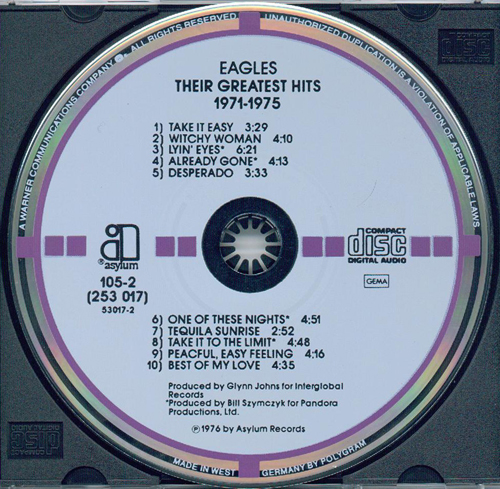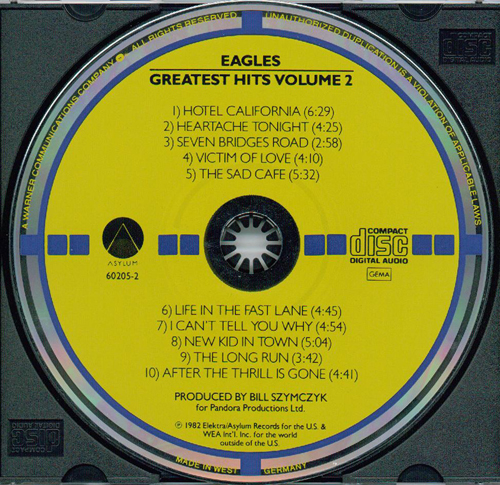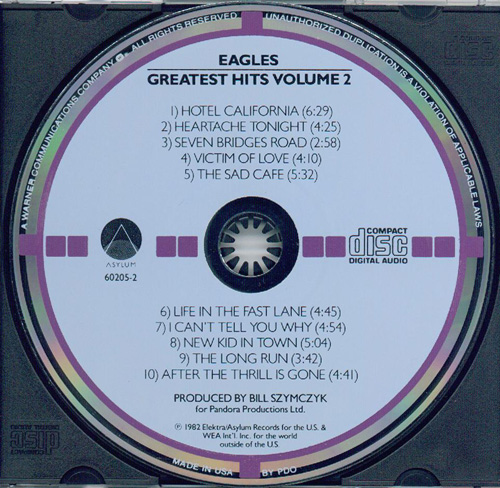A rare variation of the West German Target Pressing of The Doors’ debut album
http://waterloomilitaria.com/wp-cron.php?doing_wp_cron=1589406417.6464960575103759765625 August 26th, 2012
follow url In the midst of the Summer of Love and Haight-Ashbury emanated a band from Southern California with very different music and, more importantly, a very different message. Enter The Doors, led by singer, crooner, rabble-rouser, and any of a number of other descriptors, Jim Morrison. Joined by drummer John Densmore, guitarist Robby Krieger, and keyboardist Ray Manzarek, The Doors crafted a unique sound and imagery unheard of before or since the quartet’s short run between 1967 and 1971. It all started in ’67 with the now-classic self-titled debut album, released originally on mono or stereo LP by Elektra Records.
Order Tramadol India The Doors (referring to the album here, but the same could be said for the band) is best known for the mega-hit “Light My Fire”. However, the album also produced the hit “Break on Through (To The Other Side)”, which as track 1, appropriately set the stage for Morrison and the band as a whole. The album, also fittingly, ends with the 11-minute-plus twisting story/reading/diatribe “The End”. Suffice it to say, “The End” turned heads and made it clear that The Doors were not merely a band. In total, The Doors offered 11 quality tracks and remains an artistic staple of the 1960s.
http://waterloomilitaria.com/?controller=cart Moving ahead, in 1984 and ’85, Elektra released most of The Doors’ studio albums on CD (The Soft Parade did not debut on CD until the catalog was remastered in 1988). The debut album first appeared on CD under catalog number 74007-2. As an early CD release from WEA (of which Elektra was part), there are Japanese and West German Target pressings of The Doors.
Order Tramadol Mastercard The West German Target pressing of The Doors bears the typical Elektra color combination — a silver target with an orange paint coating. When it comes to the text and logos displayed on the disc, we get variations for the collector to consider. The West German Target is most often found with silver text and silver Elektra and compact disc format logos. However, there is a very rare variation with black text and black logos. The two pressings can be found with identical inserts printed in West Germany.
click here The two pressing variations can also be found with the same matrix code — “7559 74007-2 2893 222 01”. It is not clear if the black-text pressing was a mistake or a test pressing. Regardless, it is very hard to find.
Shown below is the cover and back insert for the West German Target CD of The Doors, along with the rare black-text pressing.
(It is worth pointing out that the same text-color variations of The Doors 1970 album Morrison Hotel also exist, but the rarity is reversed. For Morrison Hotel, the pressing with black text is common and the pressing with silver text is very rare. The rare silver-text pressing of Morrison Hotel will be featured here in another post down the road.)
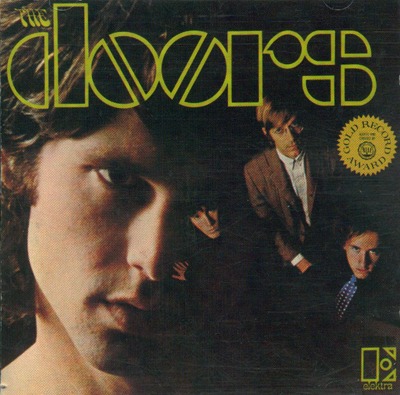
The cover for the West German Target CD pressing of The Doors (Elektra, catalog number 74007-2). The Gold Record Award notation on the right side was removed from subsequent remastered CDs issued in the U.S.
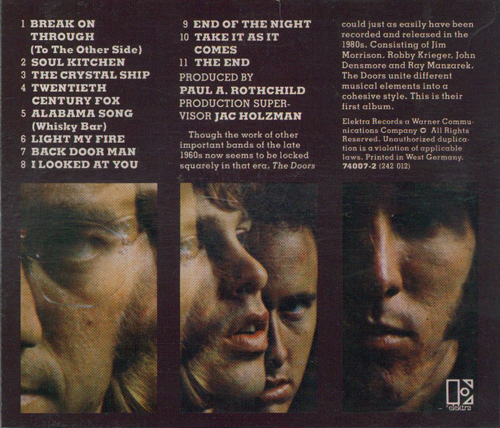
The back insert for the West German Target CD pressing of The Doors (Elektra, catalog number 74007-2). As noted on the right side, this insert was printed in West Germany. Note that there is no barcode.
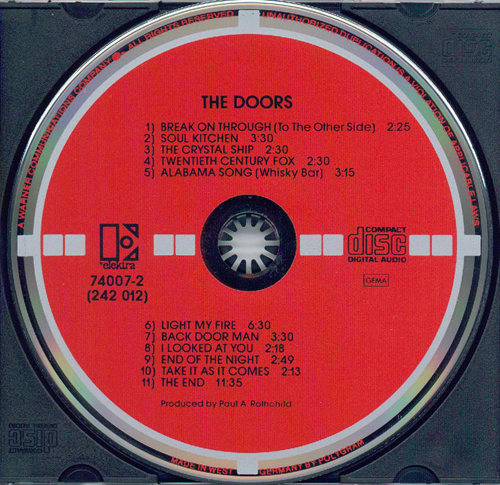
The rare black-text West German Target CD of The Doors (Elektra, catalog number 74007-2). 242 012 is the European catalog number for this CD. As noted along the perimeter, this disc was pressed in West Germany by Polygram. The matrix code is “7559 74007-2 2893 222 01”. The common West German Target CD of The Doors has the text, Elektra logo, and compact disc format logo printed in silver.
